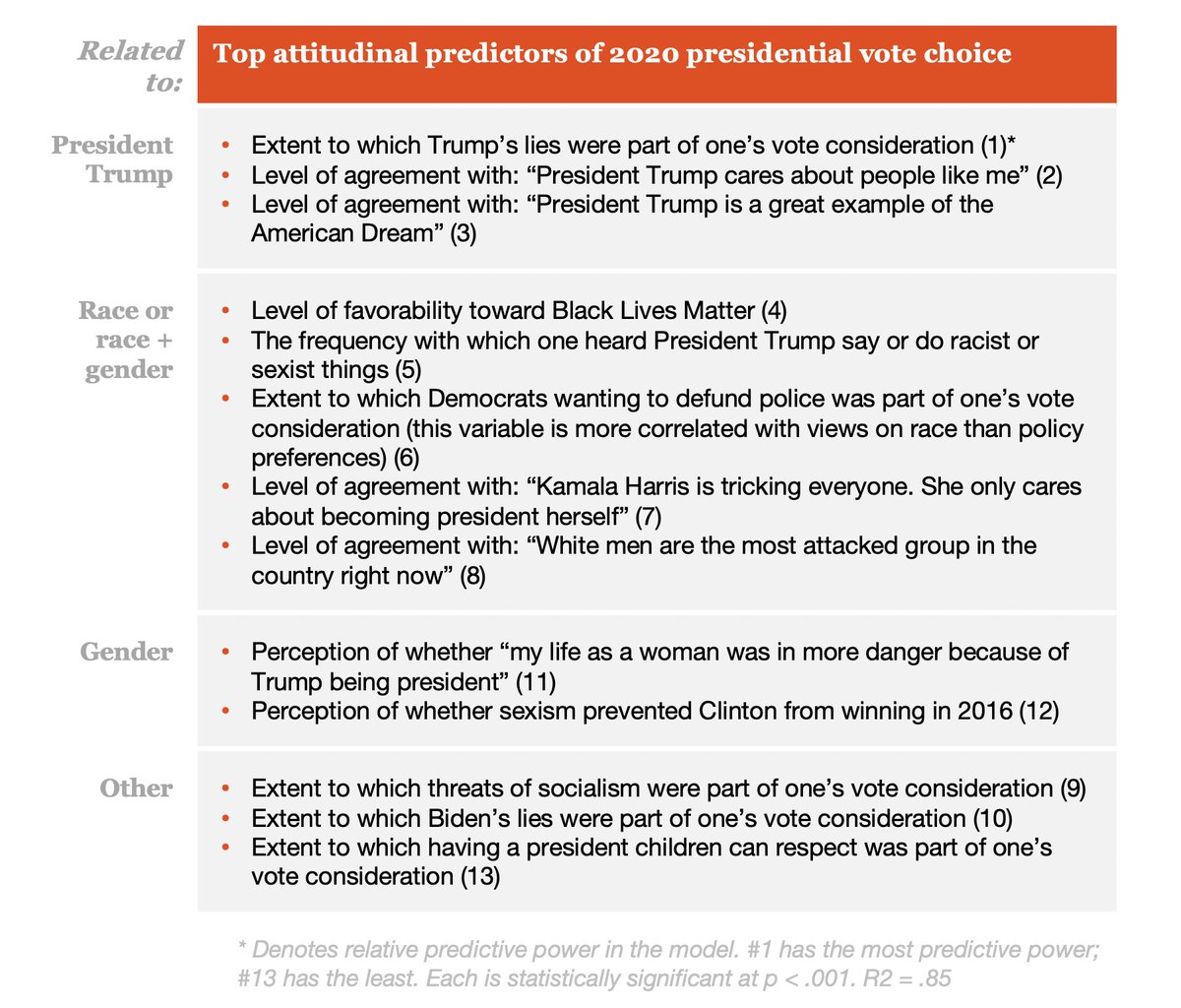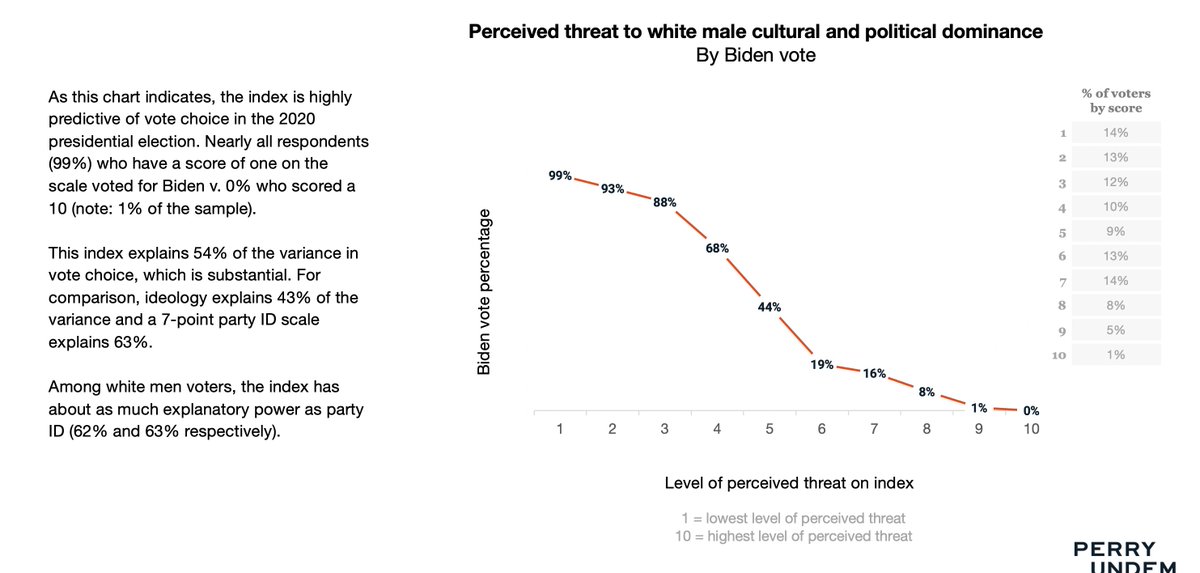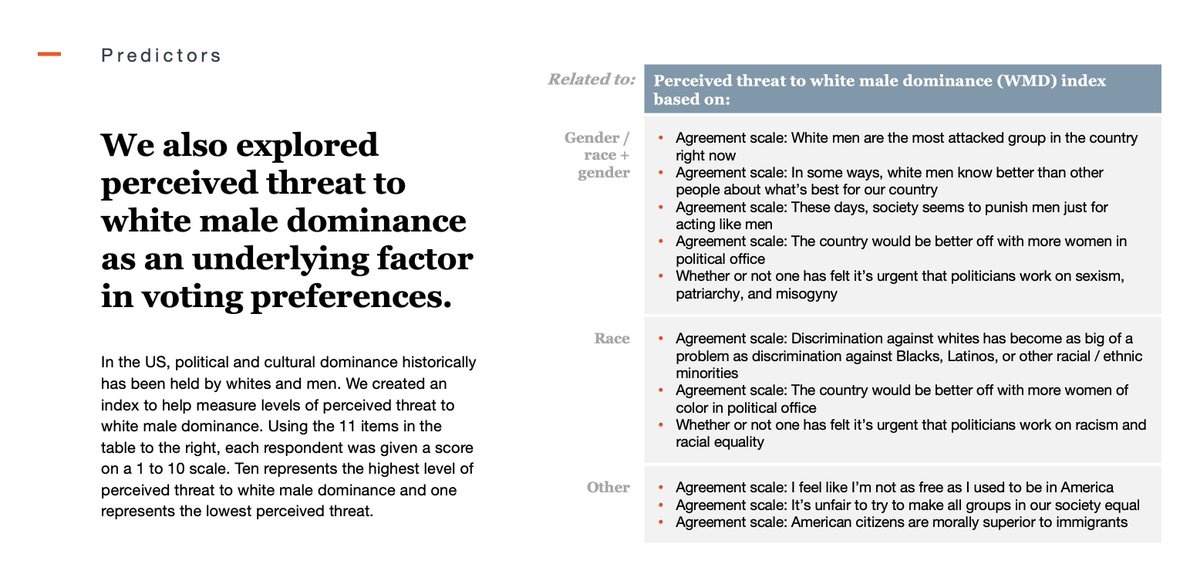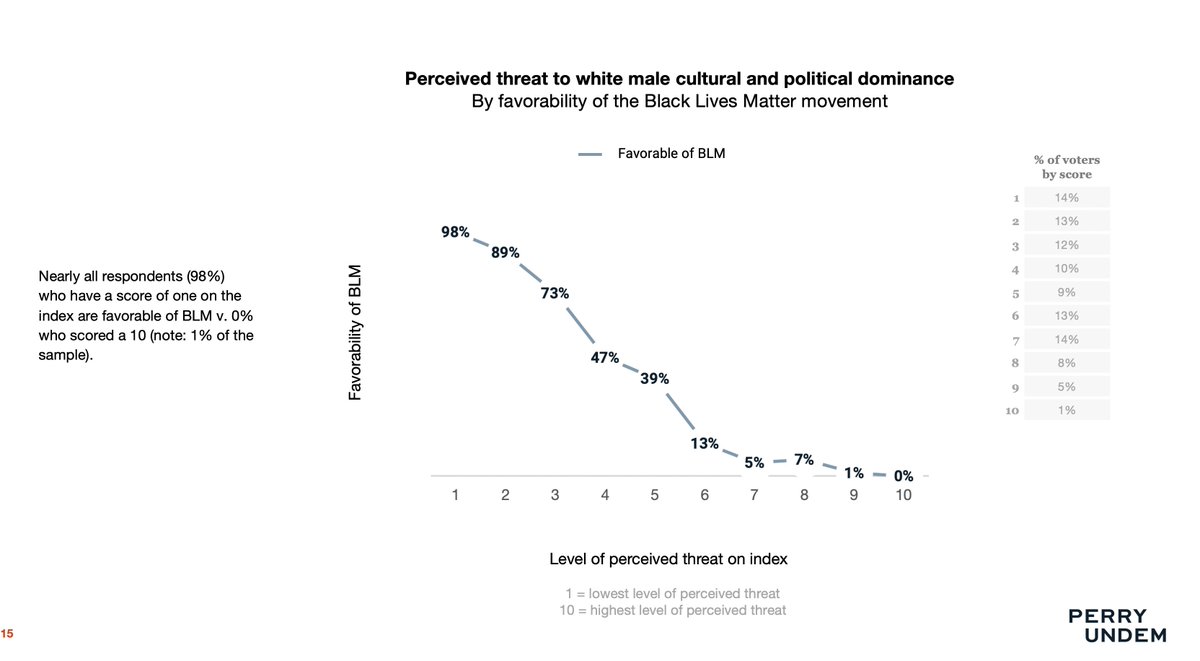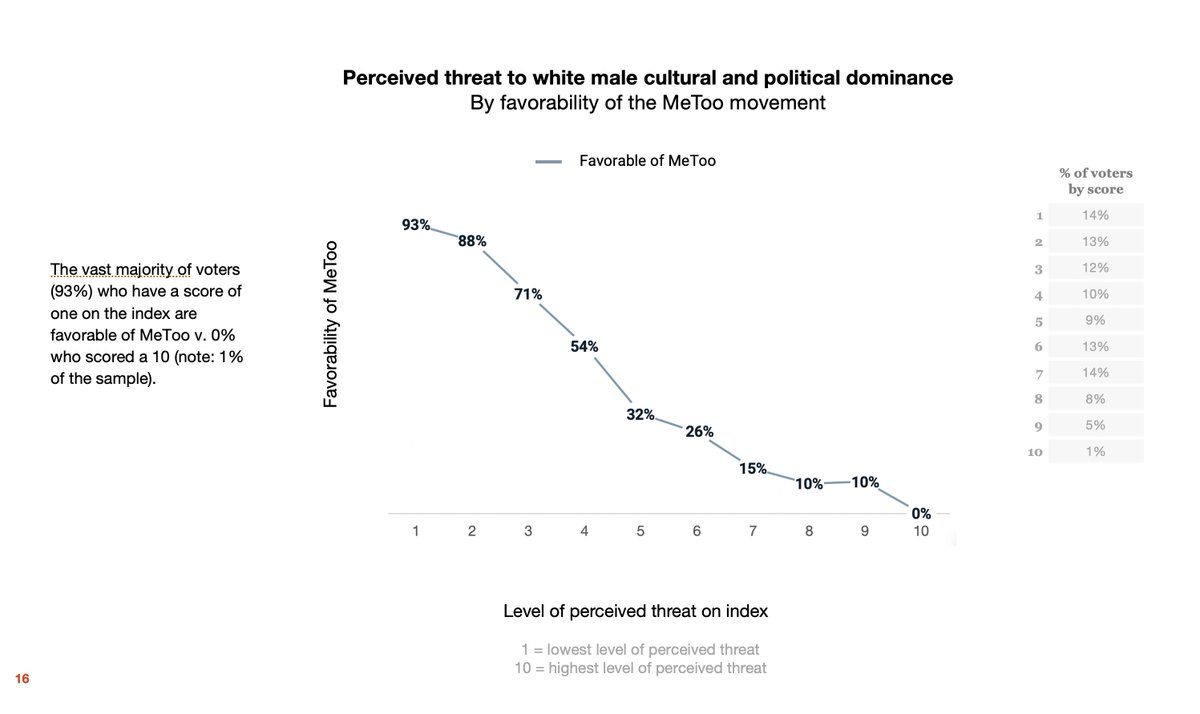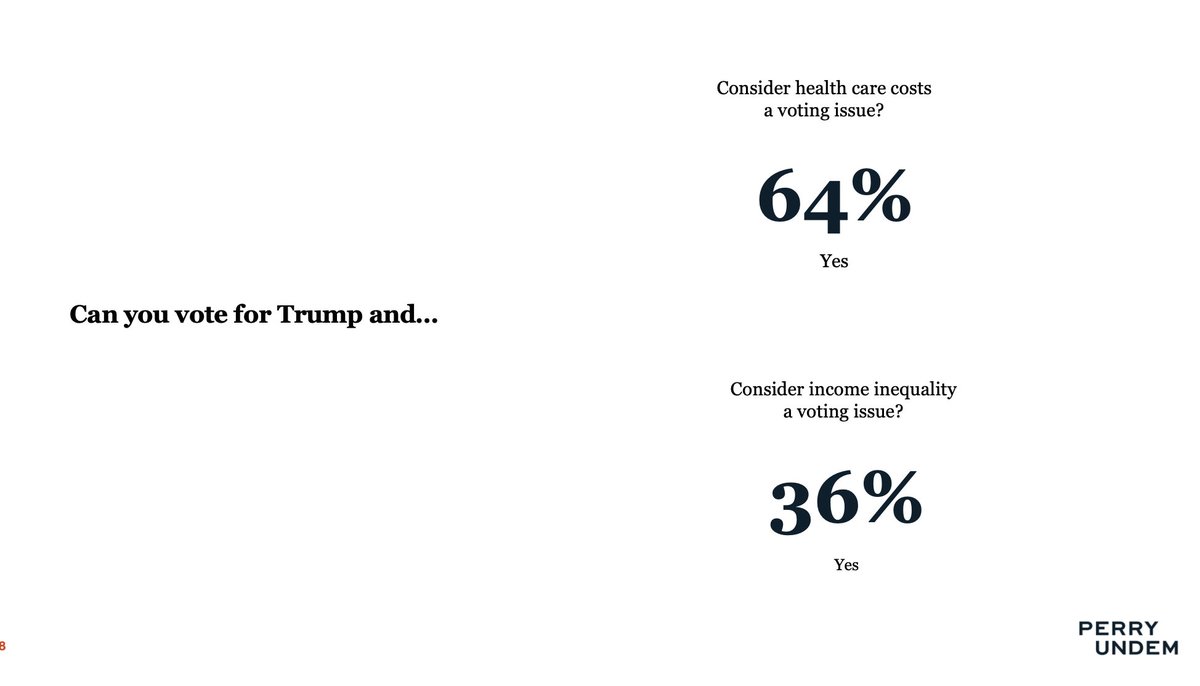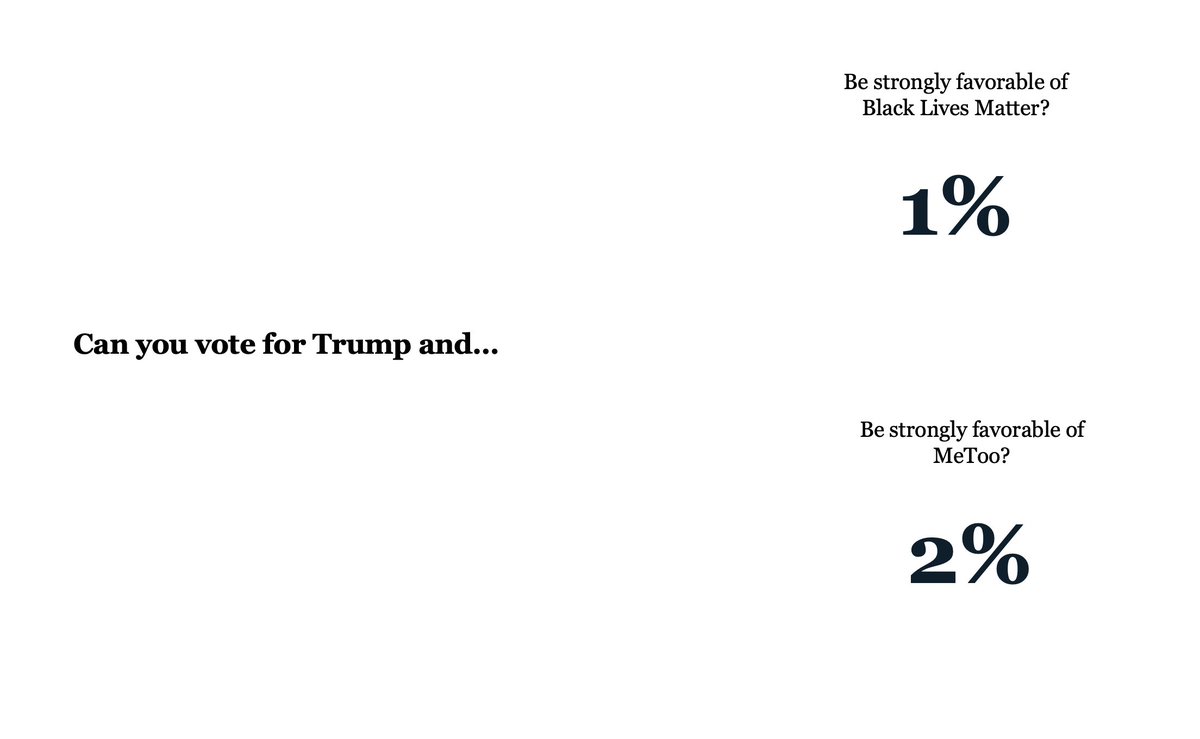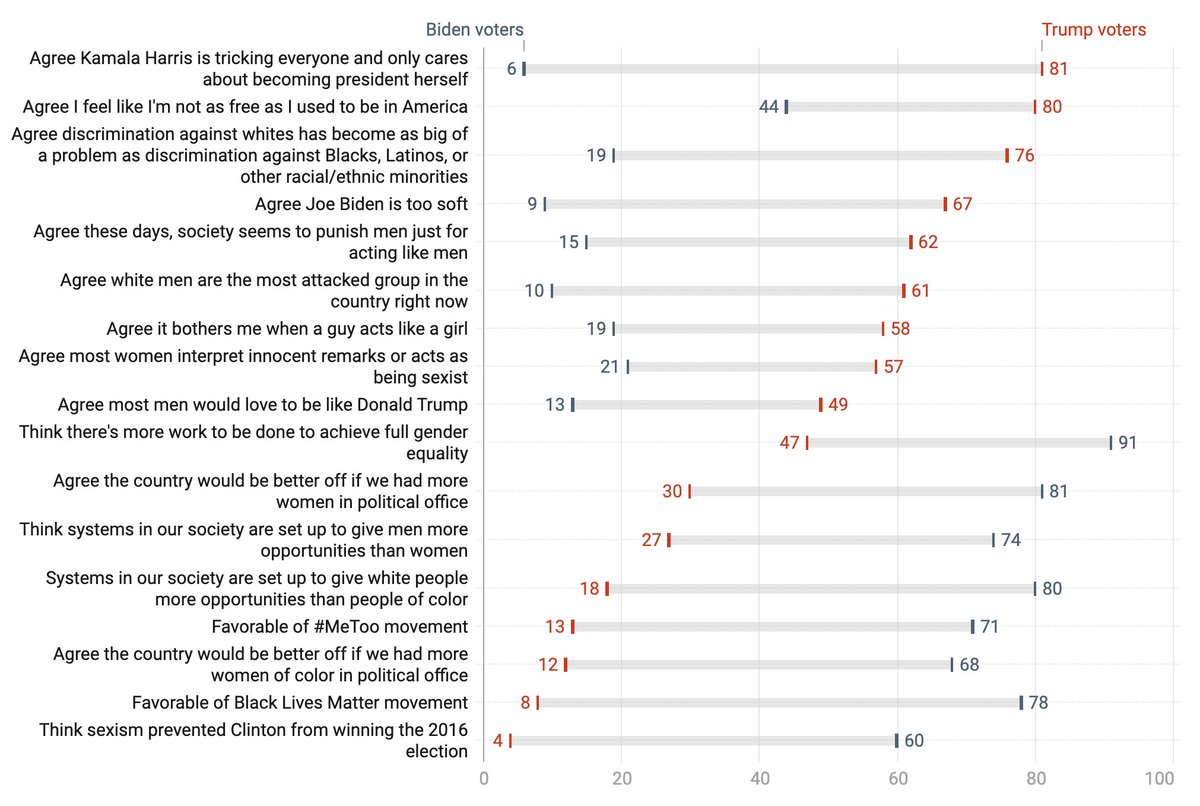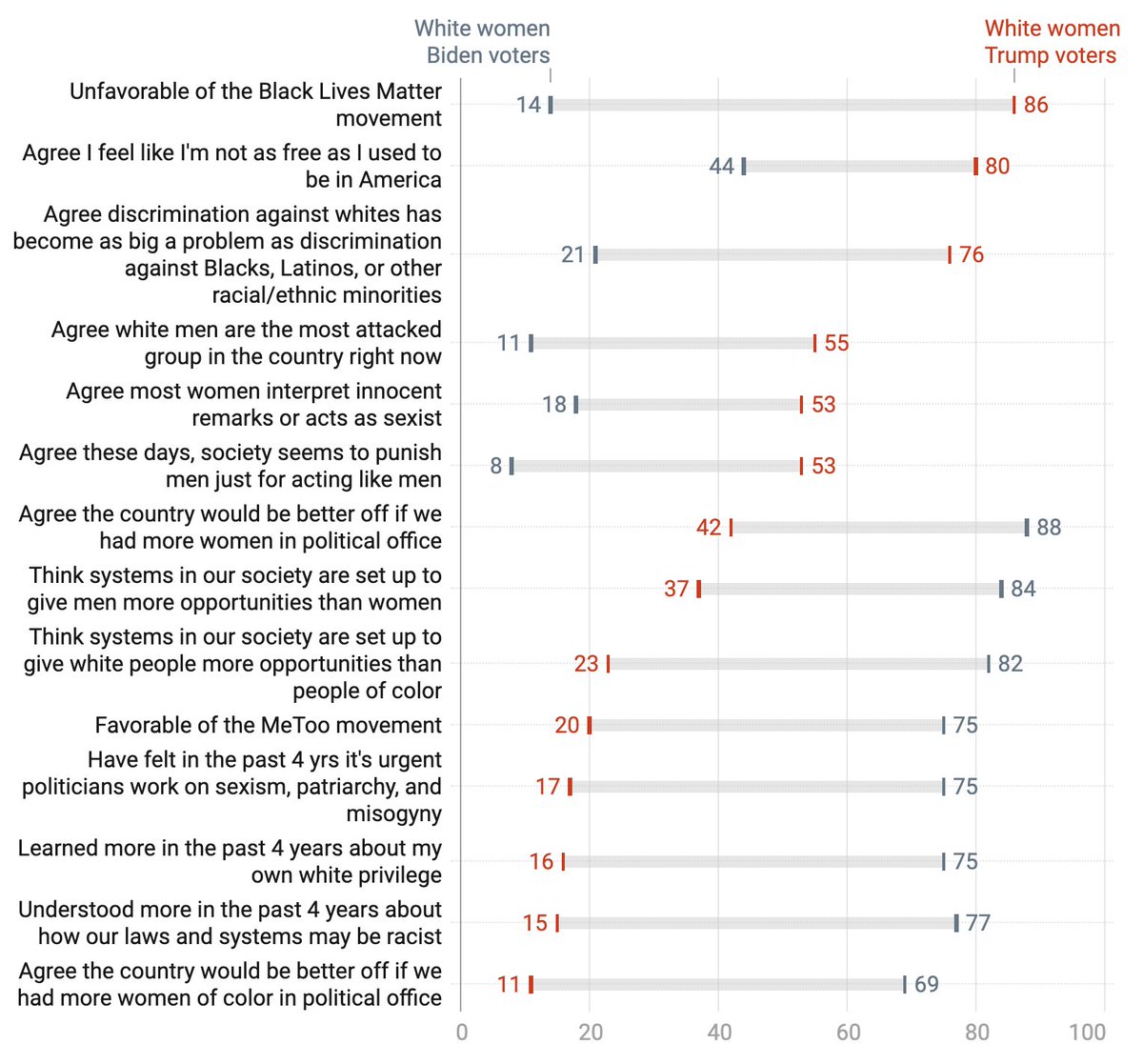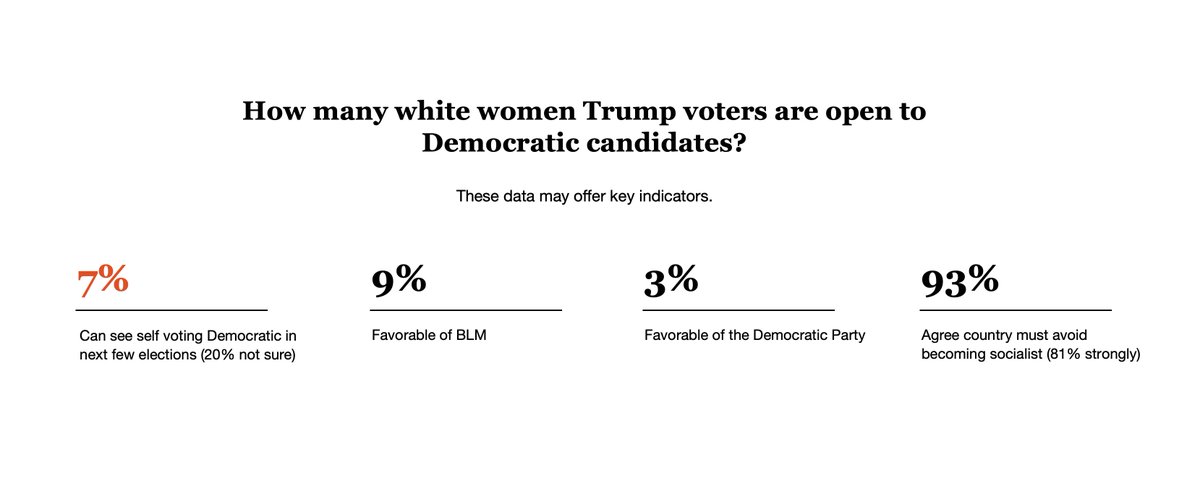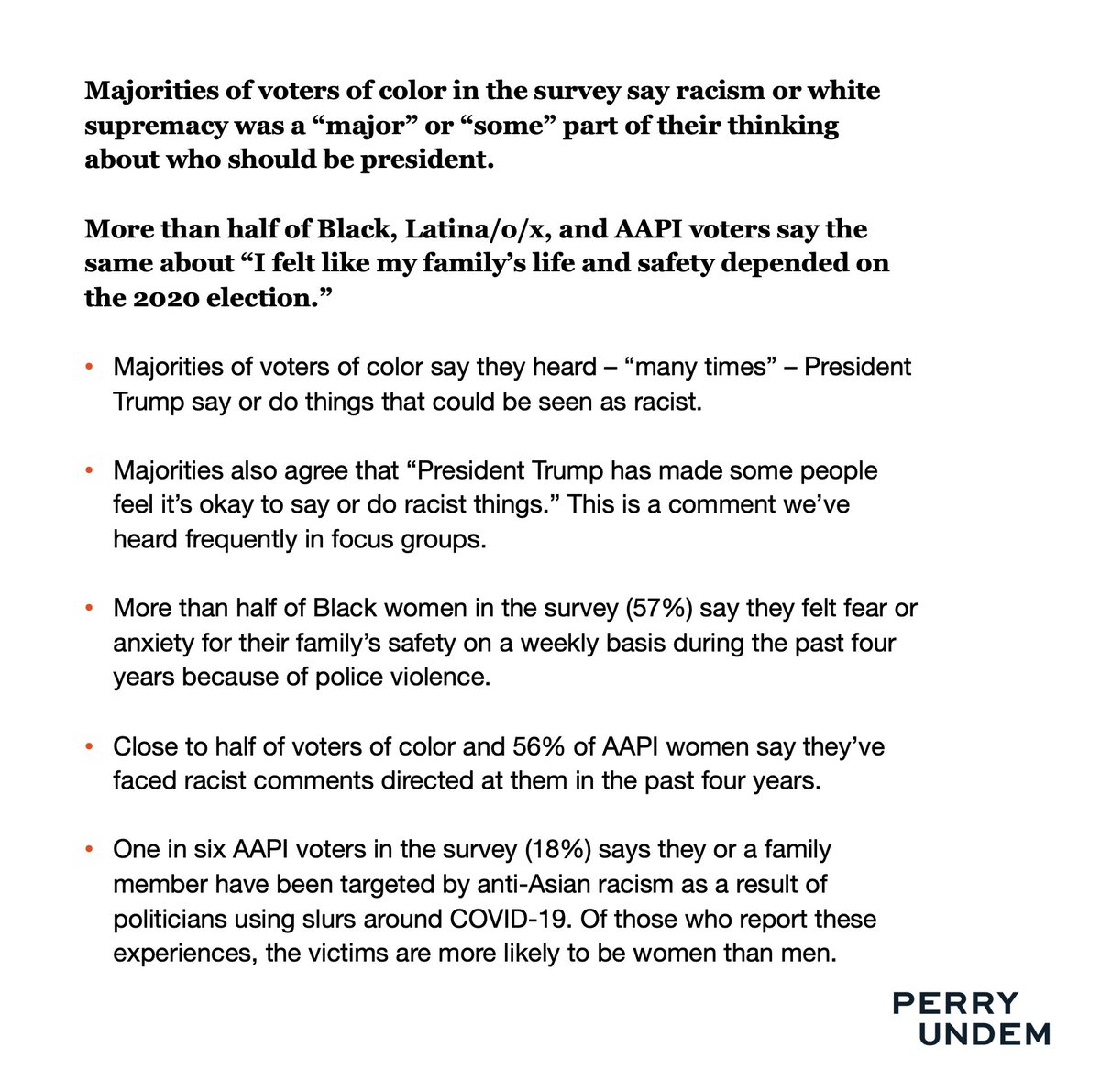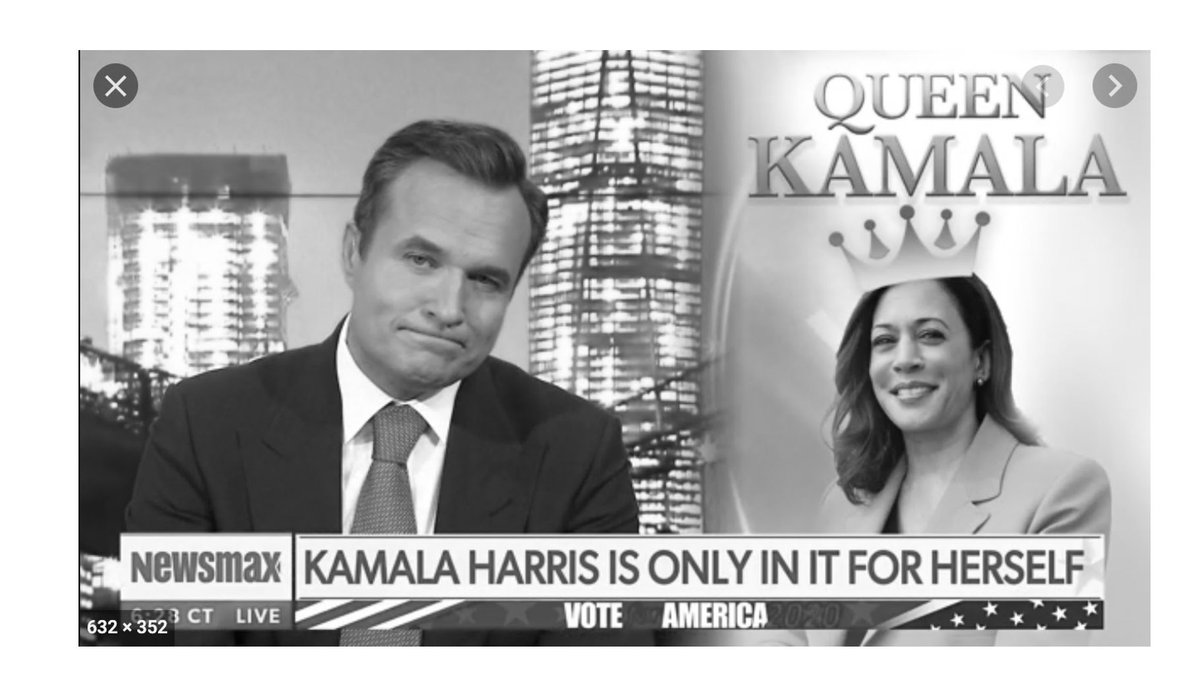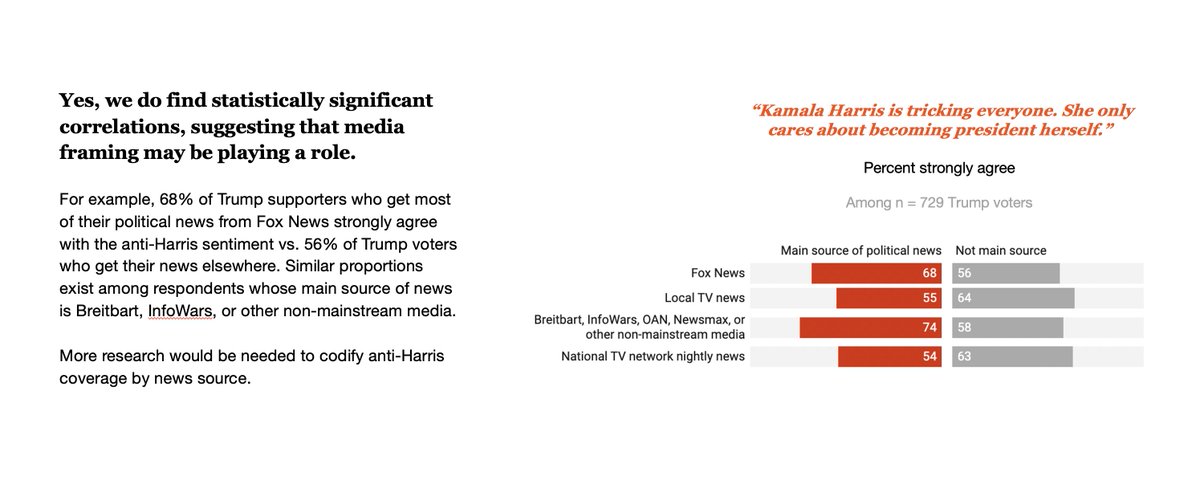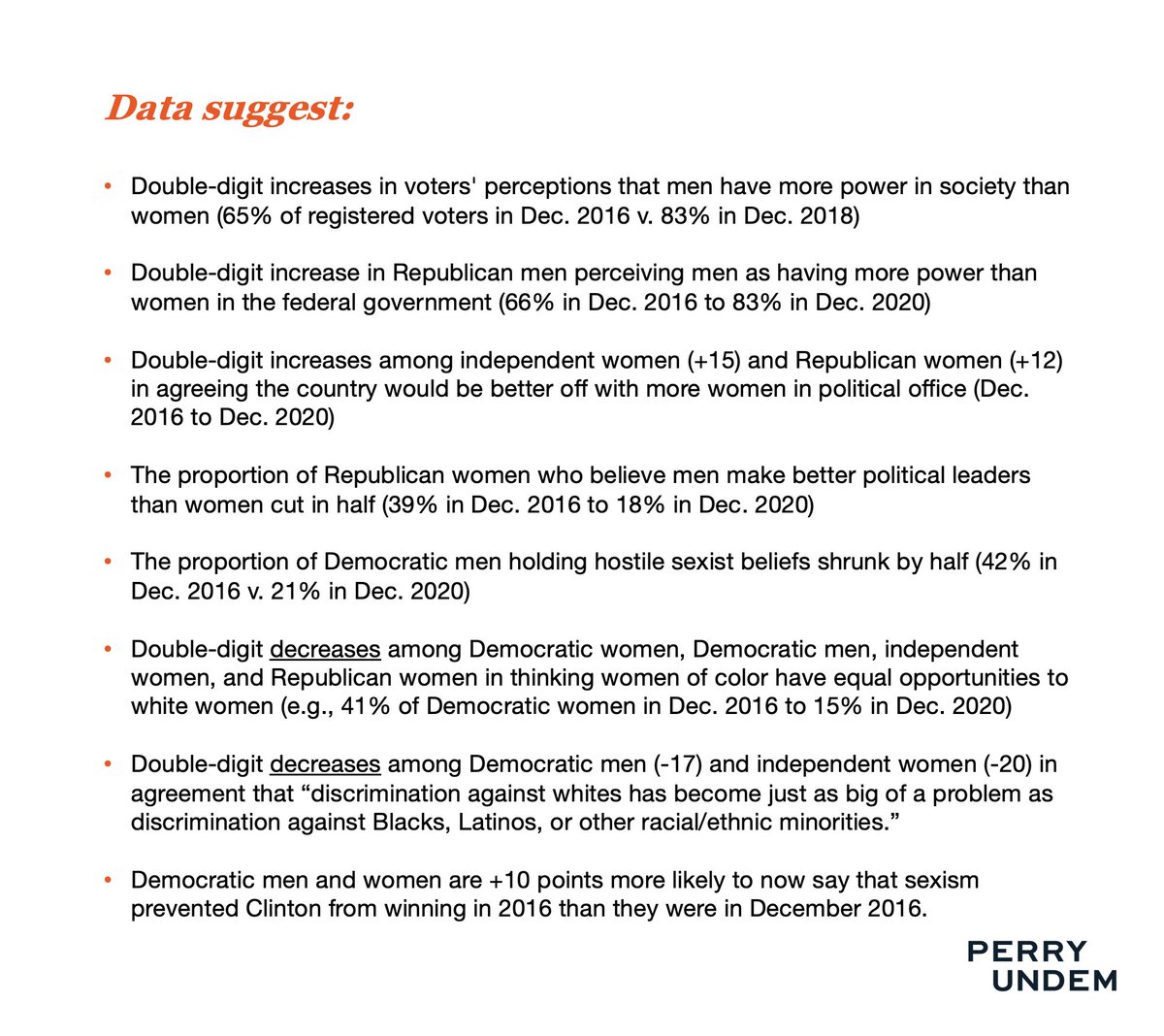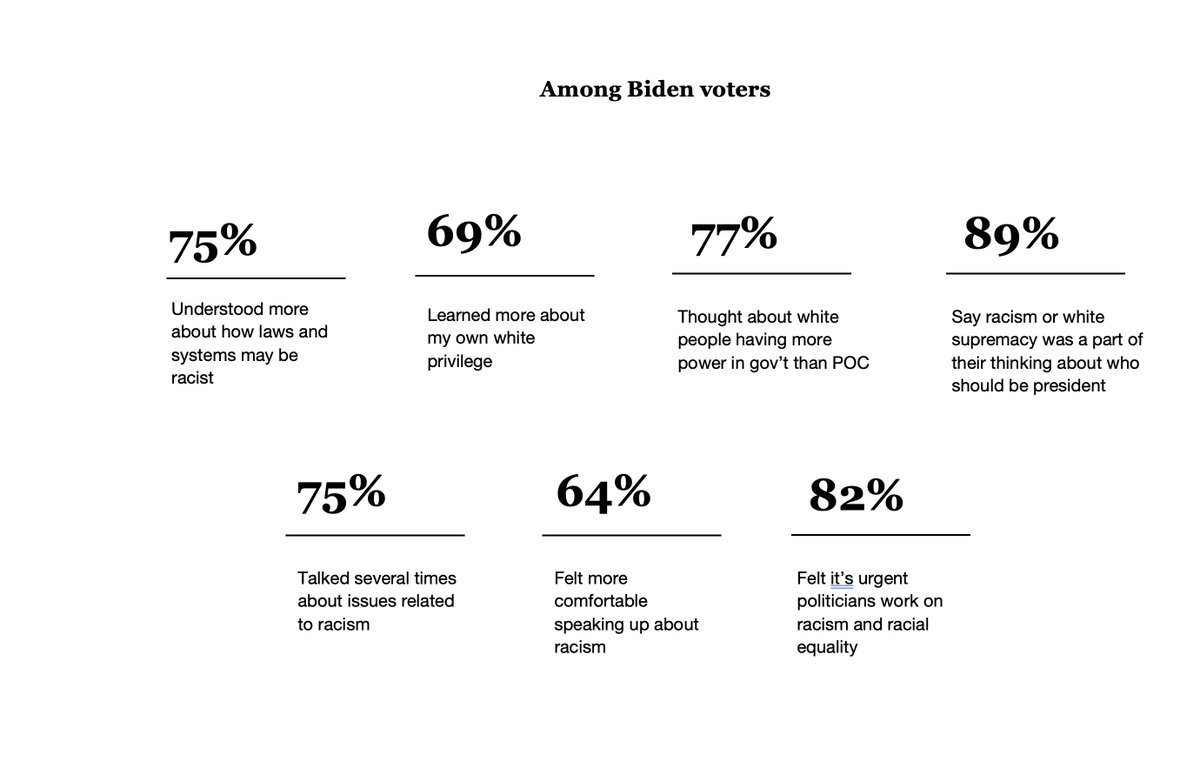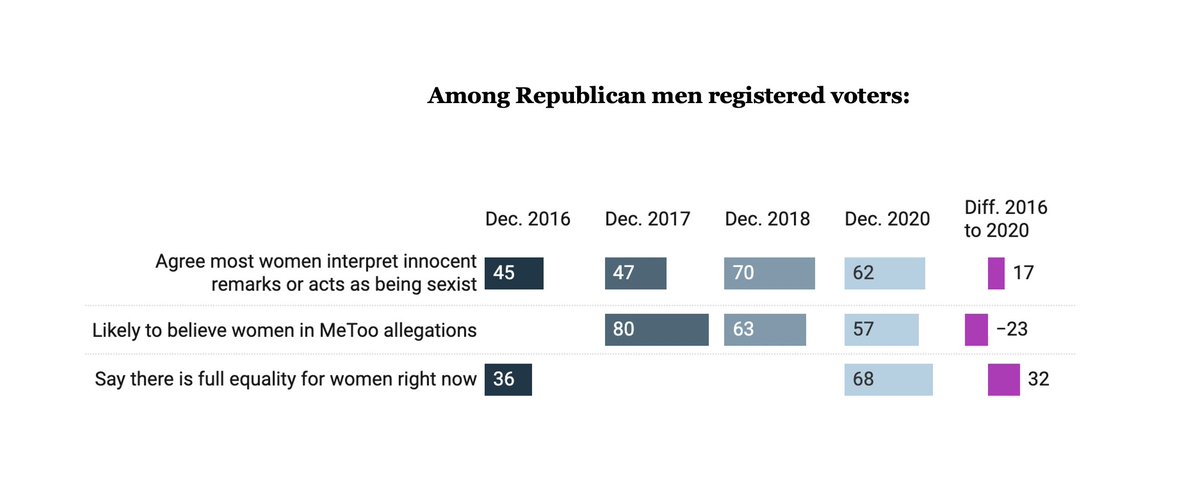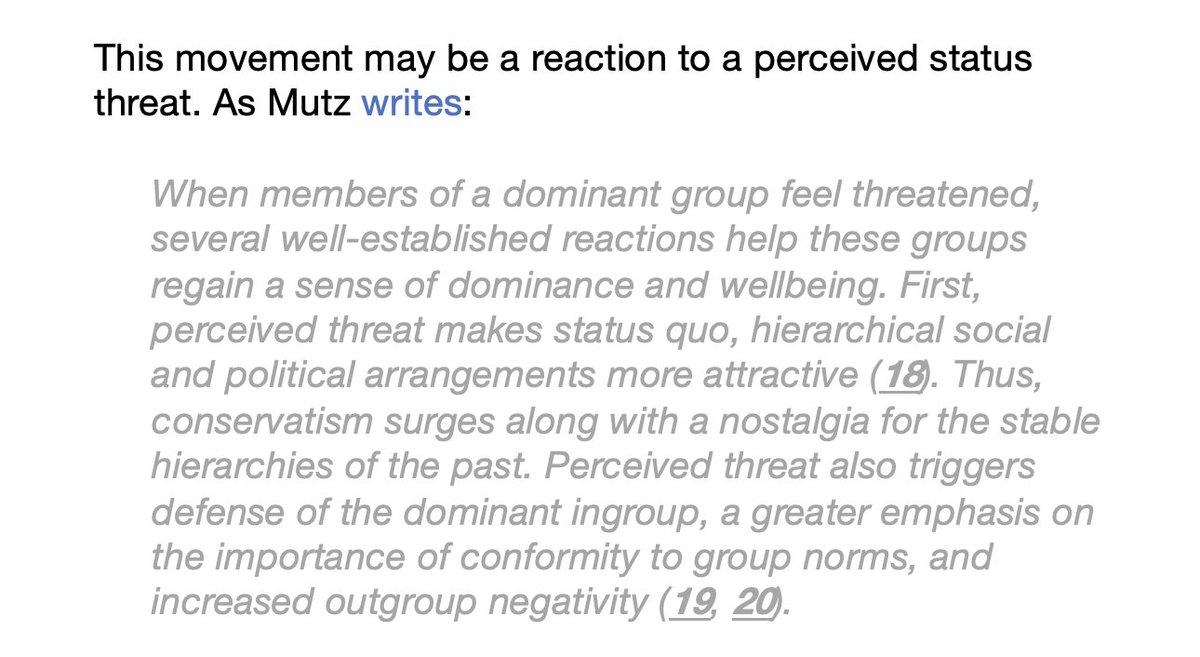THREAD. New @perryundem post-election study released. What to know about the 2020 pres. election, the past 4 years, and where voters are now. BUCKLE UP https://perryundem.com/wp-content/uploads/2021/04/PerryUndem-Post-Election-Survey-Report.pdf">https://perryundem.com/wp-conten...
1. The election was not about issues - not even a global pandemic nor a national economic crisis.
2. Instead, data suggest voters were driven by four things: a) perceptions of Trump& #39;s lies; b) feelings toward Trump ("President Trump cares about people like me" and is "a great example of the American Dream"); c) views toward race / power; d) views toward gender / power
3. In our modeling, these are the top predictors of vote choice. Threats of socialism are predictive, but not as much as beliefs around race and gender.
4. Feeling that "Trump cares about people like me" and is a "great example of the American Dream" are also strongly correlated with views toward race, gender, masculinity, and power - much more so than level of education.
5. First we were pretty stunned by these results. Then we remembered studies about status threat, sexism, and racism in the 2016 vote. @b_schaffner @dcoxpolls @RachelLienesch @vavreck @johnmsides Michael Tesler
6. We created an index to help measure perceived threat to white male dominance (WMD). What we found: Perceived threat is highly predictive of vote choice - explaining 54% of the variance. 99% of those with the lowest score voted for Biden v. 0% of those with the highest score.
7. Among white men voters, perceived threat to white male dominance explains just as much as the vote choice as party ID (62% and 63%). It is also highly correlated with "Trump cares about people like me." Maybe pollsters should start weighting by perceived threat to WMD?
8. Favorability of Black Lives Matter is one of the strongest predictors of vote choice. 78% of Biden voters are favorable of BLM; 86% of Trump voters are unfavorable.
9. Views toward Black Lives Matter can be explained by perceived threat to white male dominance. Threat to WMD explains 60% of the variance - vs. just 25% explained by vote preferences related to "law and order," "violent protesters," etc.
10. Similarly, views toward MeToo are strongly correlated with perceived threat to white male dominance. (49% of variance explained)
11. Another way to interpret all of this: Can someone vote for Trump and consider health care costs a voting issue? Yes. Income inequality a voting issue? Yes.
13. The reality of the electorate is this. Huge gulfs in views toward race, gender, and power by vote. For example:
15. Note: Perceived threat to white male dominance explains 56% of the variance in vote choice among white women - almost as much as party ID (60%).
17. Among many voters of color, themes of racism, violence, safety and security were voting issues. (We also looked at predictors by race/ethnicity - in report)
18. One of the biggest surprises: Out of 176 variables, incl. 50 election issues, this is a top predictor of vote choice: "Kamala Harris is tricking everyone and only cares about becoming president herself."
19. What up? Voters can project all of their beliefs about Black people, API folks, women, power, and threat to power onto one public figure. Perceived threat to white male dominance predicts 60% of variance in "Harris is tricking everyone," which is huge (party ID 52%)
21. Excitement about Kamala Harris being the first woman of color VP is a top predictor of seeing oneself vote Democratic in the next few elections among women and AAPI men
22. Trend data suggest significant shifts in opinion over the past four years on beliefs and perceptions related to gender and race, such as this
23. To wrap, we’re seeing a burgeoning cultural and political evolution among close to half of the electorate. E.g.,

 Read on Twitter
Read on Twitter